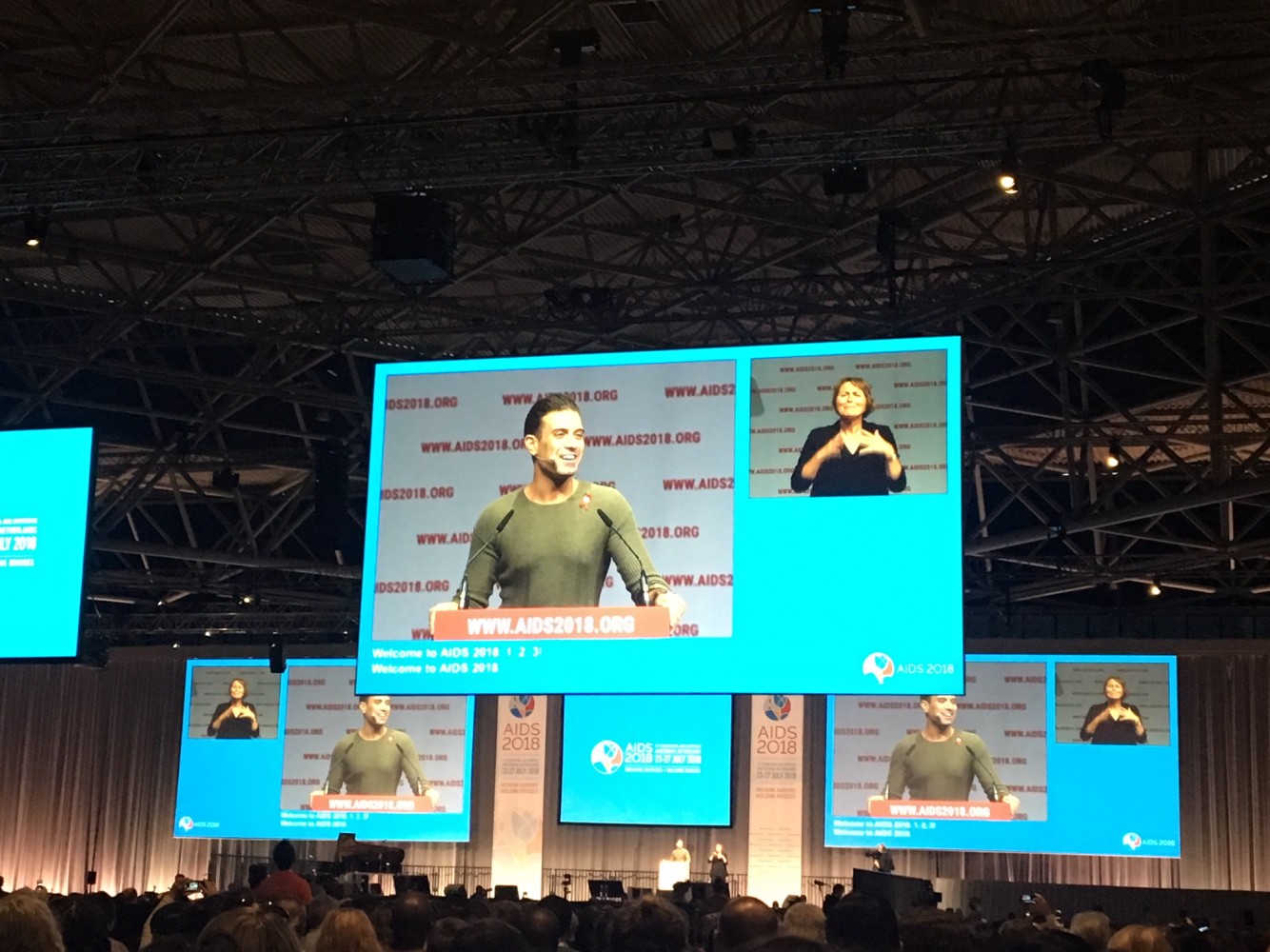26 Jul 2018
AIDS 2018: Natalia Salazar-Quiroz’s Amsterdam Anecdote
We asked the Doherty Institute's contingent who headed to Amsterdam for the 22nd International AIDS Conference to share their insights as the week unfolds.
Natalia Salazar-Quiroz, a PhD student in Professor Damian Purcell's laboratory, shares his insights.

During more than 30 years, researchers have done enourmous efforts to understand how HIV infects and stays in patients unaffected by the immune system, in order to develop strategies that could either prevent the virus to infect new cells, or eliminate the reservoirs remaining after years of infection. The fight in the lab, however, is not enough, because so far we do not have a cure against HIV and hence, the only effective way to protect the population is to prevent new infections. it is in this matter when national policies are crucial, and where it is a shame to see the lack of empathy from society with high risk groups, putting first your own beliefs over a person’s safety.
High risk groups such a sex workers, men who have sex with men (MSM) and injecting drug users are penalised in many countries. Omar Shariff Jr told his experience when he declared himself homosexual and how he cannot go back to his country, Egypt, because being gay is a death sentence there. He’s a recognised celebrity, with chances of living in the US and having his story heard, but not many people have the same chance, and many men in african countries have the fear of getting out of the closet, even more of being tested. The concept of masculinity in this region also hampers these efforts: not going to the doctor evidences good health and strength, completely against to what we need. What these countries might not know is that under antiretroviral treatment (ART), a seropositive person will not transmit HIV. Several works presented the last days have shown that the statement “Undetected = Unstransmitted” is true, which evidences the need of awareness regarding their HIV status, so then HIV positive people could be put under treatment. We should then make efforts into reducing the discrimination and criminalisation agains these high risk groups in order to make HIV status awareness safe.
Women rights is also a matter that collides with HIV prevention policies. 26 years ago, Dorothy Onyango founded “Women fighting AIDS in Kenya”, a group that supports women abandoned by their families due to their HIV status. Her fight for women rights and distribution of ARVs all over Kenya is carried in places where child marriage is an everyday thing, where prophylactic methods have to be negociated with partners, and where being HIV positive is a crime.
"In this case, the fight for gender equality is not only a matter of rights, but more important a thing about public health."
In a priviledge country as Australia, topics against discrimination like gender equality LGBTI rights and racism look only like a social endeavour. In regions like south-saharan Africa or middle east, on the other hand, it’s an issue that affects all dimensions including people’s safety, causing a fear that ends up hampering our efforts to prevent HIV infection. All of the above reasons remind us why it is so important to consider the effects of worldwide discrimination in our fight against HIV and It makes sense that the theme for the 22nd International AIDS Conference is “Breaking Barriers, Building Bridges”, as a reflection of the important similarities of the HIV prevention policies and the global human rights agenda.


